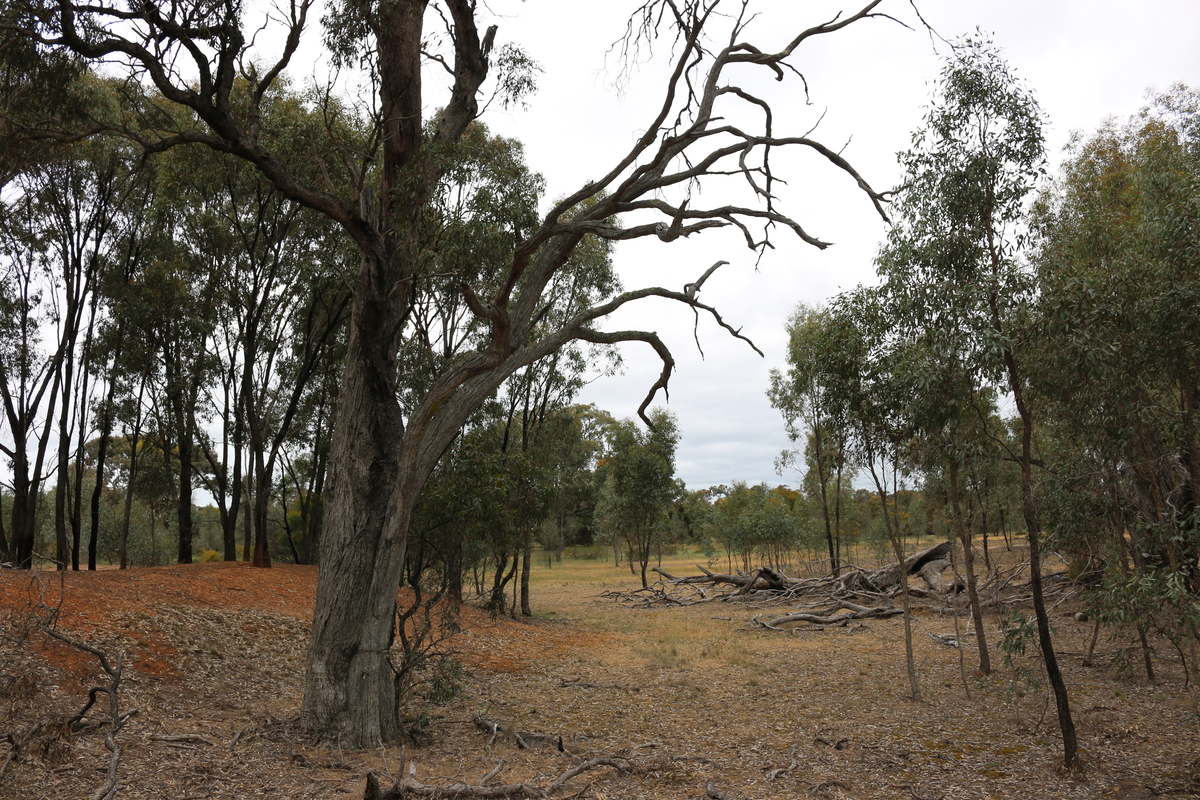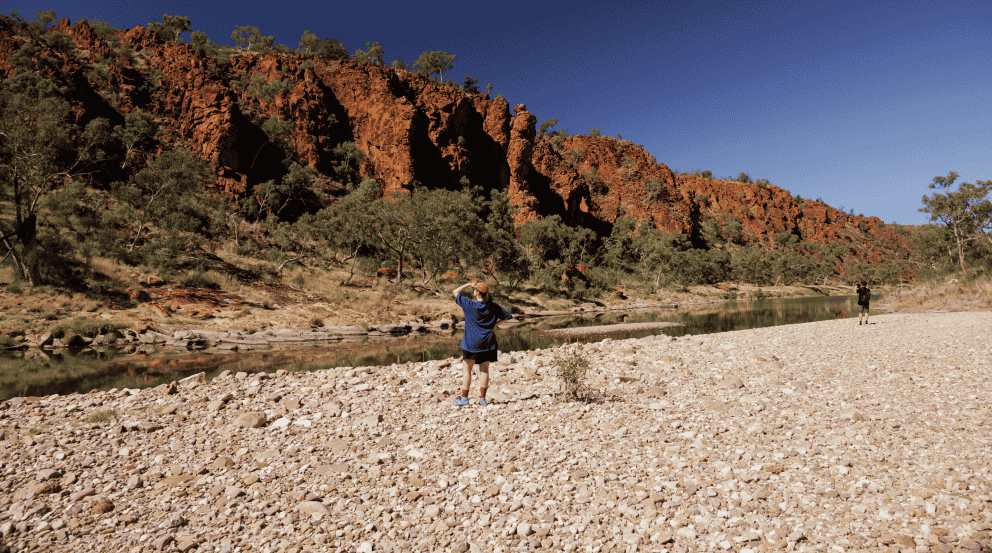An avid op shopper from a young age, Bank Australia customer Tiffany Inglis wants everyone to get on board with second-hand shopping. We sat down to find out why.
Op shopping is having a moment. And Tiffany Inglis, Bank Australia customer and owner of of The Good Op Shop, hopes that moment will continue forever.
“The world is coming to the realisation that we are drowning in our own stuff,” Tiffany says. “The earth can’t cope with the sheer volume of items in the world. Sustainable fashion and buying secondhand is the future.”
Tiffany started op shopping at an early age. “My mum used to take me and I hated it,” she laughs. “It was so boring and everything was so gritty and grimy!” But she came back to it in her twenties and realised she had a real knack for it. “I love the challenge of finding something a bit different and unique, mixing and matching it with your other things, and making it work. And I think these days, op shopping is a more sophisticated experience.”
She volunteered at her local Salvos on Saturday mornings and started thinking about how op shops work, and the business model behind them. “My partner Chris and I talked about how many op shops there are supporting people and social needs, and animal-based op shops, but not many dedicated to conservation,” she recalls. “We saw that as a niche, so we did some sums and decided to open our own.”
They opened The Good Op Shop in June 2021 in Castlemaine, Victoria. Profits are used to support nature projects, such as local Landcare groups, the Australian Platypus Conservancy, Turtles Australia and BirdLife Australia. In the future, they want to support local sustainability and reuse projects and encourage more young people to get involved in upcycling, possibly even an annual upcycling award.

Every Saturday, a local seamstress comes in for mending sessions, sewing up hems or darning holes in clothing that would otherwise be destined for landfill. They also run collaging workshops to use up magazines and books that haven’t sold. “We just have a bit of fun creating art with things in the shops,” she says. “We’re always looking to try new things and give a bit of life to things that would ordinarily go in the bin.”
That’s the ethos behind everything Tiffany does at The Good Op Shop: how can donations be repurposed and given a new lease on life?
“Every generation inherits the problems of the previous one, but it feels so unfair that we’re dumping all this stuff on our young people,” she says. “It’s so important that we get as much use as we can out of what’s currently available, making it second hand, third hand, tenth hand, for as long as humanly possible. And then when it's really at the end of its current life, we can try and upcycle it – turn it into something that can be used for a different purpose.”
Both Tiffany and her partner switched to Bank Australia in 2018. “We were working at Trust for Nature and had heard about the bank’s conservation reserve,” she says. “We know how important it is for companies to get involved in conservation, and loved that the bank was actively protecting nature.”
Tiffany would love to see more people buying secondhand over shopping in mainstream stores. “You might want to buy, say, a new bowl and you know exactly where to find it in one of the main shops,” she says. “But why not have a look at your local op shop first? You never know what you’ll find, and that’s part of the fun – and magic – of op shopping.”








